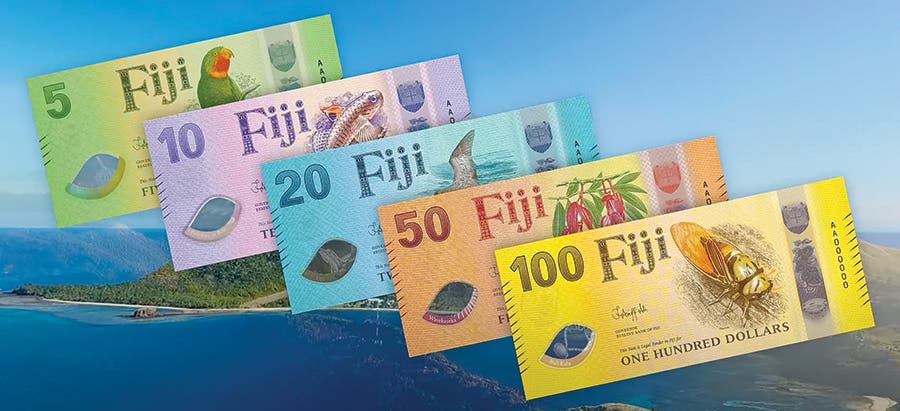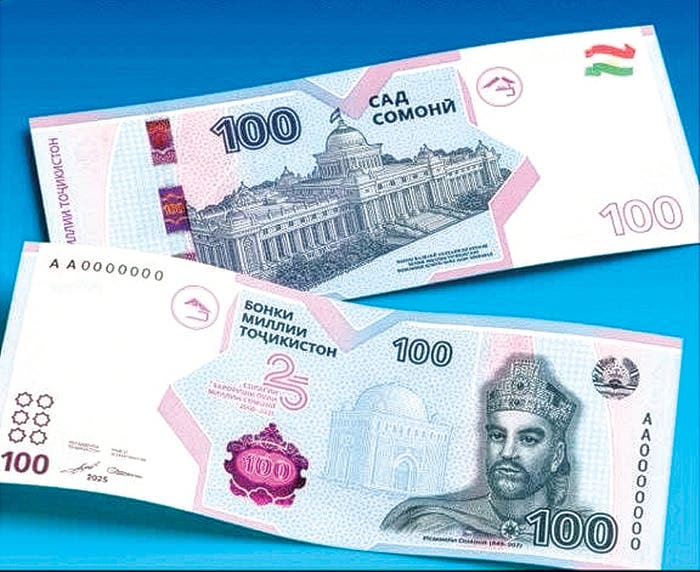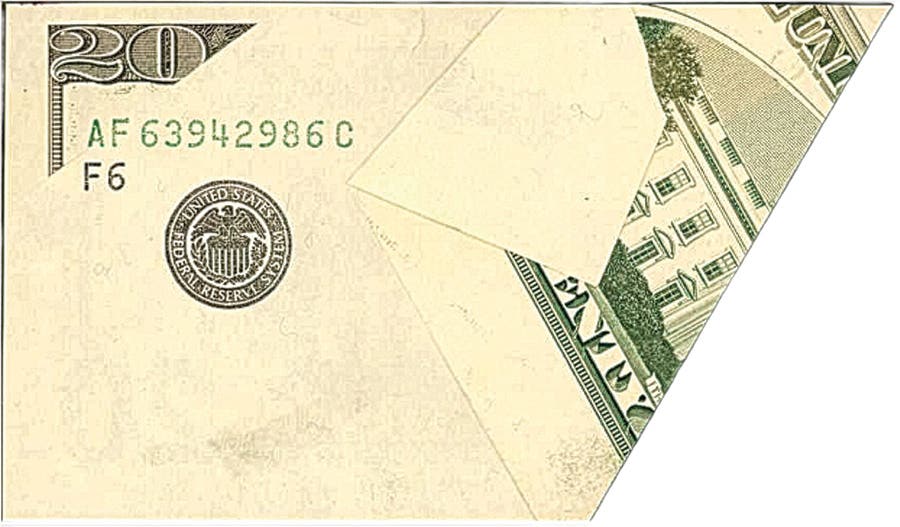Scammers Target Fiji Issues
Coins and bank notes are money as long as they can be spent. Non-circulating legal tender currency is money, sort of, but when and if it can be spent is…
Coins and bank notes are money as long as they can be spent. Non-circulating legal tender currency is money, sort of, but when and if it can be spent is questionable. Sometimes misinformation becomes associated with NCLT issues. This has recently happened to Fiji, a Melanesian archipelago of more than 3,000 islands in the South Pacific Ocean.
Misinformation about coins and bank notes is nothing new to social media outlets. There have been countless postings claiming the dreaded COVID virus can live on and be spread by coins and bank notes. The Philippines central bank recently went public following Facebook and other social media online service postings that claimed polymer composition bank notes require special handling.
The Aug. 10 Fiji Sun newspaper identified scams including regarding employment, immigration, inheritances, investments, lotteries, prayers, pyramid marketing, shopping, scholarship, and especially romance as being a problem. Investing in crypto currency is prohibited in Fiji under the Exchange Control Act, but this hasn’t stopped people from being duped by scammers. While the Reserve Bank of Fiji didn’t offer much detail, apparently Fiji coins and bank notes marketed to collectors is among the subjects scammers are also targeting.
Perhaps it shouldn’t come as much of a surprise, considering the number of souvenir or NCLT commemorative coins and bank notes Fiji has issued in recent years. While on Aug. 9 the central bank was announcing there is a problem with misinformation about some of these issues, the following day the bank was busy announcing a new $7 bank note commemorating teams from Fiji that won events at the 2020 Tokyo Olympic Games.
There are plenty of Fiji numismatic issues about which to become confused. Fiji’s first numismatic collectible was issued in 1974. Fiji issued its first $7 bank note in 2017. The odd denomination note accompanied a 50-cent coin marking Fiji’s first ever Olympic gold medal win. The win was accomplished in “sevens,” what is called the seven-aside version of rugby football. There was so much excitement about the achievement Prime Minister Josaia Voreqe Bainimarama declared a public holiday and cancelled a proposal to change the design on Fiji’s flag. The win took place at the 2016 Rio Summer Olympics.
Since that time the RBF has issued commemorative coins and bank notes marking Christmas, domestic fauna, landmarks, and musicians. In 2020 a color enhanced 50-cent coin and a $50 polymer composition bank note were issued marking the 50th anniversary of independence from British rule. Specially packaged coins were given to each child in primary and secondary schools throughout the country. Collectors needed to find the coins through secondary markets.
Fiji quickly learned its lesson. Since that time the island nation has earned more than $8 million through the sale of numismatic coins and bank notes. At the recent unveiling of the latest oddity, an 88-cent face value bank note, Prime Minister Voreqe Bainimarama said, “There are a lot of people around the world who collect Fijian currency, so I expect that we’ll be seeing some serious international demand.”
The note, which sells for $28, was created to target collector markets in China and “wider Asian” markets. The local market hasn’t been overlooked either. Bainimarama said, “The Reserve Bank of Fiji has produced enough of the bank notes to ensure that every Fijian will be able to get them, but the production is limited.”
Fiji introduced coins corresponding to coins of Australia in 1969. The initial issue is comprised of the 1, 2, 5, 10, and 20 cents. A 50-cent coin was added to the mix in 1975. The composition of Fiji’s coins began to change in 1990. Five years later the dollar bank note was replaced with a coin. The cent and 2 cent were withdrawn in 2009. An entirely new family of coins on which local fauna replace the traditional portrait of Queen Elizabeth II were released in 2013.
The government of Fiji introduced 50 cent, $1, $2, $10, and $20 bank notes in 1969. The $5 denomination appeared the following year. The Central Monetary Authority of Fiji became responsible for all coins and bank notes in 1974. The issuance of notes became the responsibility of the Reserve Bank of Fiji in 1986. The $50 denomination was introduced in 1996, the $100 in 2007, the $7 in 2017, and the 88 cent in 2022. Nothing has been said about additional denominations but looking at Fiji’s recent track record it is likely some other unconventional denominations may follow. It is also likely social media will have a lot of Fiji coins and bank notes of which those people who post can speculate.









